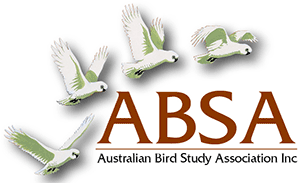Phases and duration of the White-bellied Sea-Eagle Haliaeetus leucogaster breeding season in South Australia and the implications for habitat management
| Posted: |
16/04/2021 |
| Author(s): |
G. J. Fitzpatrick, R. W. Brittain, Terry E. Dennis |
With courtship and nest repair behaviours commencing in early May and late fledging events in early January,
the endangered White-bellied Sea-Eagle
Haliaeetus leucogaster population in South Australia exhibits a variable and
protracted breeding season.
Analysis of events in 75 active territories spanning 21 breeding seasons, showed the majority of egg-laying occurred
in July (64.0%), with a peak in the second week. A few egg-laying events were in June (9.3%), with the remainder through
August and early September. Most young were fledged by late November, with late egg-laying events extending the
potential fledging timeframe into early January. The mean duration from hatching to fledging in 12 territories averaged
83.1 days (range 80–88 days).
Haliaeetus spp. are prone to abandoning a nesting attempt early in the breeding season, with the period of greatest
sensitivity and risk of abandonment for the White-bellied Sea-Eagle in South Australia extending from mid-May (intensive
courtship) through incubation to mid-September (early nestling period). Habitat management prescriptions that include
at least a seasonally imposed buffer zone refuge over breeding habitat, are advocated to mitigate further population
declines among the White-bellied Sea-Eagle population in South Australia.
>> Download Abstract |
File Size: 109 KB
>> Download Complete PDF | File Size: 531 KB
